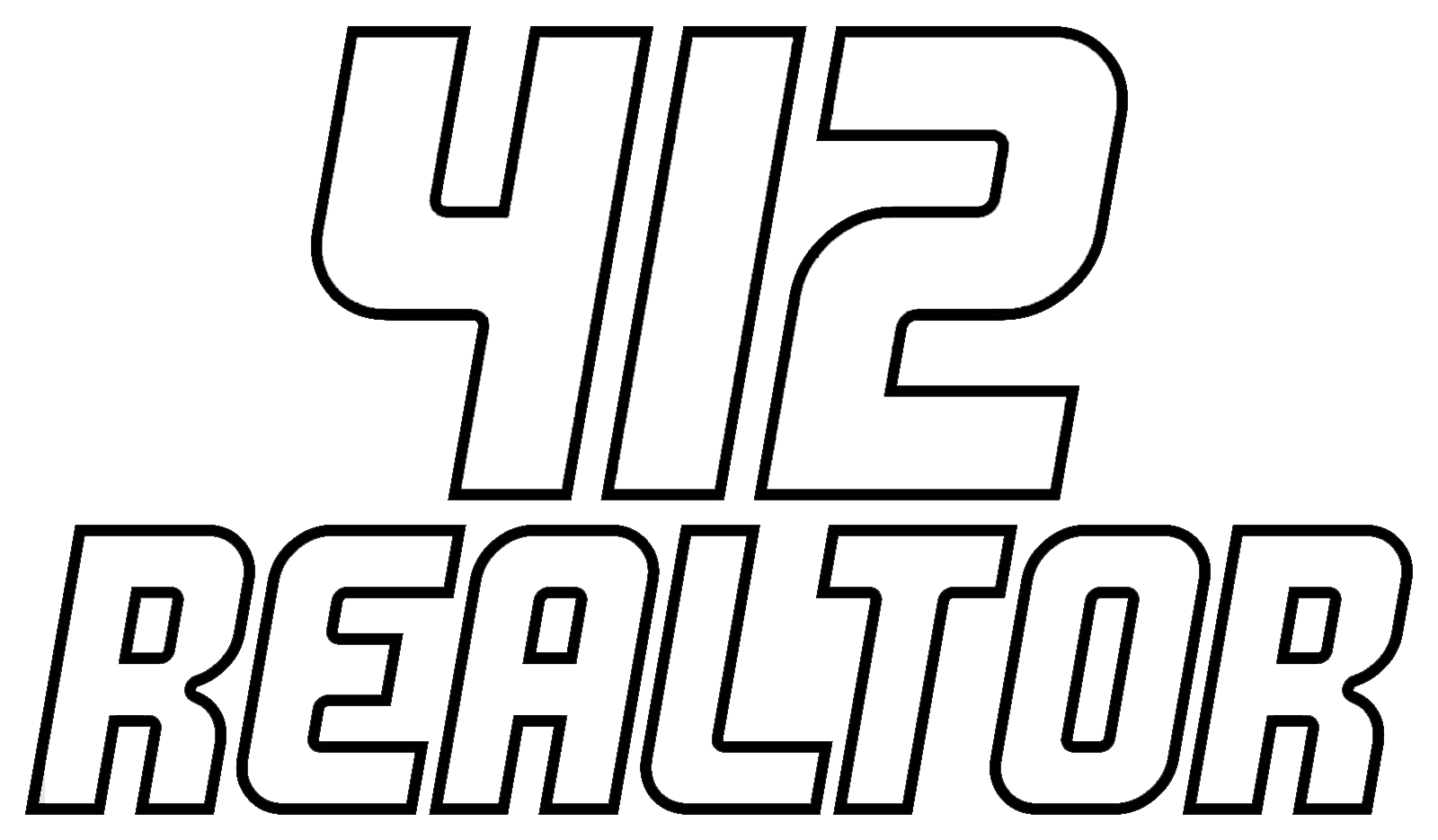In real estate, property value isn’t just determined by what’s inside a home. The surrounding neighborhood features can significantly influence how much a property is worth—and how much it will appreciate over time. Whether you’re a homeowner, a first-time buyer, or a real estate investor, knowing which neighborhood characteristics boost home value can give you a competitive edge.
Let’s dive into the key neighborhood features that can increase property value—and why they matter.
1. Top-Rated Schools and Educational Facilities
One of the most consistent indicators of higher property value is proximity to high-performing public or private schools. Families are often willing to pay a premium to live within a top school district.
Why it matters:
- High demand from families drives up prices.
- Good schools are tied to strong local governance and community involvement.
- Homes in great school zones tend to retain their value, even during downturns.
Pro Tip: Even if you don’t have children, buying in a top school district is a smart long-term investment.
2. Access to Parks, Trails, and Green Spaces
Green areas like public parks, hiking/biking trails, and community gardens contribute to a healthier lifestyle and provide space for relaxation and social interaction. Homes near well-kept parks often see higher demand.
Why it matters:
- Offers outdoor recreation and improves mental well-being.
- Increases walkability and encourages a sense of community.
- Studies show that homes near green spaces can sell for up to 20% more.
Example: A house bordering a central park or riverwalk often fetches more than a similar home a few blocks away without that access.
3. Low Crime and a Sense of Safety
Safety is a top priority for most buyers. A neighborhood with low crime rates, active community watch groups, and visible policing builds confidence in residents and adds a layer of peace of mind.
Why it matters:
- Safer neighborhoods attract long-term residents and families.
- Perceived safety influences buyer decisions and resale value.
- High-crime areas can negatively affect appraisal values and insurance premiums.
Tip: Use websites like NeighborhoodScout or local police department reports to check crime stats before buying.
4. Convenient Access to Public Transportation
In urban and suburban areas, proximity to bus stops, subway lines, commuter rail stations, and highways is a huge plus—especially for commuters and young professionals.
Why it matters:
- Reduces commute time and transportation costs.
- Makes the area more attractive to renters and buyers alike.
- Increases foot traffic and business success in surrounding areas.
Example: Properties within walking distance of a major train line or transit hub usually appreciate faster than those without transit access.
5. Nearby Shopping, Dining, and Lifestyle Amenities
Everyone loves convenience. Homes that are close to grocery stores, restaurants, coffee shops, gyms, and entertainment venues are more desirable.
Why it matters:
- Increases walkability and convenience.
- Reduces travel time for daily needs.
- Buyers see value in a “live-work-play” environment.
Pro Tip: Mixed-use developments (where residential and commercial spaces coexist) are increasingly popular and often boost nearby home values.
6. Clean, Well-Maintained Streets and Infrastructure
Neighborhood aesthetics play a big role in perceived value. Street cleanliness, road maintenance, lighting, signage, and landscaping all contribute to curb appeal—not just for individual homes, but the entire community.
Why it matters:
- Creates a positive first impression for buyers.
- Reflects well on city services and local governance.
- Discourages vandalism and property neglect.
Bonus: Underground utilities, bike lanes, and pedestrian-friendly sidewalks are also features that modern buyers seek.
7. Community Amenities and Shared Resources
Many newer developments or master-planned communities offer shared amenities like swimming pools, tennis courts, clubhouses, gyms, playgrounds, or dog parks.
Why it matters:
- Enhances the lifestyle experience for residents.
- Appeals to families, retirees, and active individuals.
Homes with access to community amenities often command higher prices—even if HOA fees apply.
8. Upcoming or Ongoing Development Projects
Future developments can be a sign of growth—or a warning sign. New schools, shopping centers, infrastructure upgrades, or transit expansions can all indicate an area is on the rise.
Why it matters:
- Increases property demand and prices.
- Signals economic stability and long-term opportunity.
However, overdevelopment or undesirable projects (e.g. highways, factories, landfills) can negatively impact value.
Pro Tip: Visit your local city planning or zoning department’s website to learn about upcoming developments in the area.
Final Thoughts:
It’s Not Just the House—It’s the Whole Neighborhood
When evaluating a property’s value, think beyond the walls of the home. The neighborhood it sits in is just as important—if not more. Features like great schools, safe streets, green spaces, and accessibility to daily needs can significantly increase a home’s desirability and market price.
Whether you’re buying, selling, or investing, understanding these neighborhood dynamics will help you make smarter, more informed real estate decisions.
Want help identifying high-value neighborhoods in your area? Let’s talk—I can guide you through the process and show you where the hidden gems are.




